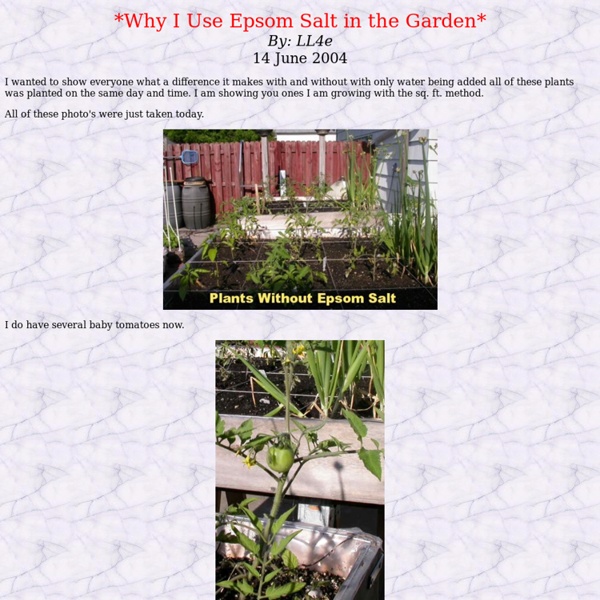Garden as Sacred Space | Nature - Beauty - Sanctuary
garden planning
To help you select the plants that prefer your climate, use the "Zones of Hardiness Map" published by the United States Department of Agriculture. This map divides the United States and Canada into 11 zones. Because winter cold is, in most regions, the single greatest threat to plant survival, the zones are divided according to the average monthly temperature they experience locally. Plant descriptions in catalogs and labels typically refer to these hardiness zones to specify the areas in which any given plant will thrive. Note: If you plan to grow perennial vegetables, like asparagus and artichoke, you'll need to identify your hardiness zone. Download the Zone Map
Where The Hell Am I: Write Like Your Parents are Dead
In college, I took as many creative writing courses as I could. Some were more helpful than others. Though anything that makes you write on a deadline and gets you feedback from people who aren't your friends or family is always a good thing. In high school, I was known as a writer. I wrote for the school paper and the annual and entered every writing contest that came along (The only sort of trophy or prize I've ever won for writing came in 8th grade, for a story about a grizzled old cop breaking up a modern-day slavery ring. As you can see, I haven't strayed too far from my original course). That's a fundamental experience for any young writer. Until you've met someone who will only see the flaws in your work, you don't truly understand your own writing. Every young writer needs to meet people who will hate their work. It's the first step in breaking away from being someone who writes just to please their friends and family and becoming someone who can write for a real audience.
How To Build A Vertical Aquaponic System
You can turn a small yard, a corner in a community garden or an unused space in your home into a thriving vertical farm for vegetables and fish. A household-sized vertical aquaponic system can fit into a 3ft by 5ft (1m x 2m) area and feed a family year-round. Sean Brady, the aquaponics projects coordinator at the Center for Sustainable Aquaponics and Nourish the Planet in Loveland, Colo., showed us how to build a system from scrap he found around the greenhouse. See how to make this below: How To Build A Vertical Aquaponic System
Creative Organic Gardening - Permaculture gardens
(permanent culture) is an approach to everyday life that integrates plants, animals, landscape, structures; people who purposely design all the facets of their lives to enhance environmental sustainability within a permanent, sustainable agricultural and cultural system - a diverse, complex eco-system, where the all of the elements interact in mutually beneficial ways to produce a whole which is greater than the sum of its parts. The art of designing garden areas that are modeled on the relationships found in natural ecologies. Permanent is from the Latin "permanens" - to remain to the end, to persist throughout. Culture is from the Latin "cultura" - meaning the cultivation of land, or the intellect. It is a philosophy, an ethic of caring for the earth and working with, not against nature with an attitude of thoughtful observation, an action-meditation - rather than undirected and thoughtless labor. Permaculture is sustainable land use design. Planting a Permaculture Garden 1. 2. 3. 4.
garden planner
With our free online planner, you can design a super-productive vegetable garden, based on square-foot gardening techniques instead of traditional rows. Just drag and drop crops to the planting grid and the planner fills in the number of plants. Or choose from 16 pre-planned gardens. Print out your planting map and you're ready to go. Get Started or Expert Advice and Resources
Welcome to Victory Seeds - Rare, Open-pollinated & Heirloom Garden Seeds
10 Plants That Repel Garden Insect Pests
10 Plants That Repel Garden Insect Pests Please be sure to Join our email list and receive all our latest and best tutorials daily – free! Background photo – Yummifruitbat (Wikipedia) lic. under CC 2.5 We’ve been doing some research into plants that repel pests and have compiled a list of 10 plants that can be planted together with other plants as a simple form of insect control. The idea of selecting plants for insect control is not a new one – and is part of the overall subject of companion planting. As time passes by, it seems that more and more people are getting concerned (rightly!) Another of the ironies of the use of insecticides is that not only do they kill the “bad insects” (the ones that eat crops), but they also wipe out “good insects” – the ones that feed on the bad insects! Companion planting for insect control can work in two ways a) plants that deter the pests and b) plants that attract the “good insects” that eat the ones that harm the plants. Marigold Borage Carrots Dill Sage
Indoor Water Gardens - Martha Stewart Home & Garden
As anyone who has snorkeled can attest, the cool aquamarine light underwater casts an enchanted glow on everything in its domain. Perhaps this explains the allure of water gardens. Small freshwater gardens are fun to create and simple to care for. Those that can remain entirely submerged in water, such as anubias and parrot's feather (Myriophyllum), are known as true aquatics. When choosing plants, keep in mind that some will need twelve hours or more of bright light daily. Rinse gravel thoroughly to remove dust, which can cloud the water, and salt, which can damage roots and leaves. A few plants, such as black taro (Colocasia) and bamboo plant (Calamus), may be sold potted in plastic containers. After a few weeks, begin fertilizing the plants with tablets made specifically for water gardens.



